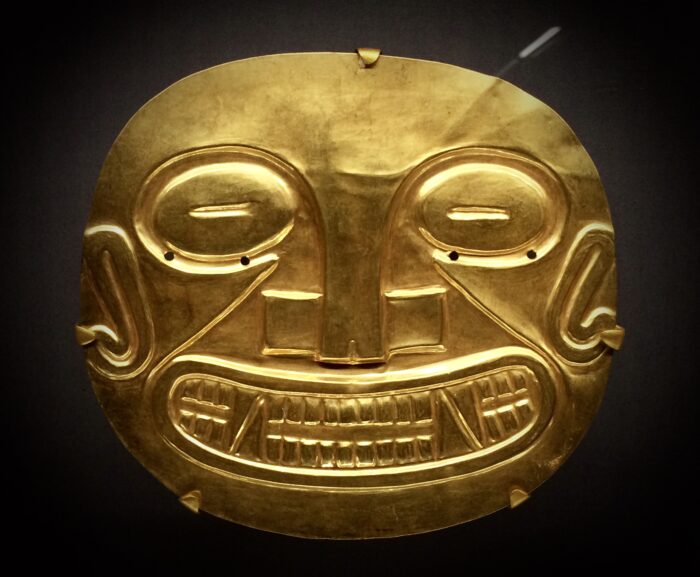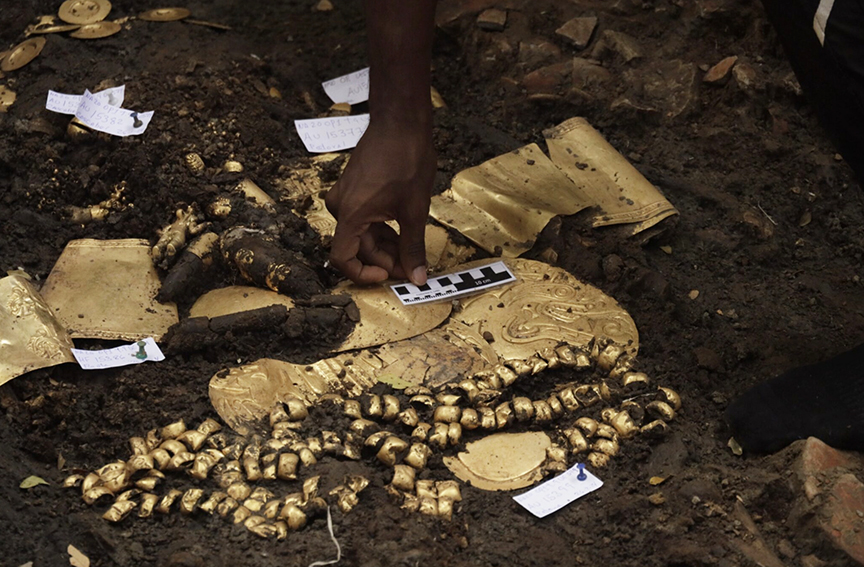A newly discovered tomb in Panama contains a fortune in gold — and copious evidence of the grisly practices of the time.
The chamber in El Caño Archaeological Park, about 170 kilometers from Panama City, dates from about 750 AD. This tomb from the Coclé culture is full of gold baubles, such as a shawl, belts, and even earrings fashioned from gold-capped whale teeth.
It’s the burial place of a young, powerful man — who may have taken a lot of his servants down with him. According to the excavation team, up to 32 sacrificial corpses accompany this ancient VIP in the burial chamber.
‘Simultaneous burials’
View this post on Instagram
“Simultaneous burials involved the interment of a variable number of people alongside people of high status,” Dr. Julia Mayo, who led the excavations, told India’s NDTV. “These people were sacrificed to serve as companions in the afterlife.”
Mayo started working at this rich necropolis in 2008. She’s the director of the El Caño Foundation, which funded and undertook the current dig.
One sacrifice, in particular, indicated the young man’s status. The archaeologists found him buried upside down on top of a female companion. This was a custom for high-ranking Coclé men at the time.
The Coclé populated Panama from 200 BC to 1550 AD. Their artists created intricate work that depicted nature and re-purposed materials from it. The new tomb, for instance, contains a skirt made of dog teeth and a set of bone flutes. The Coclé abandoned the site around 1000 AD.

A relic fashioned around 700 AD, now displayed at Harvard University’s Peabody Museum. Photo: Peter D. Tillman






